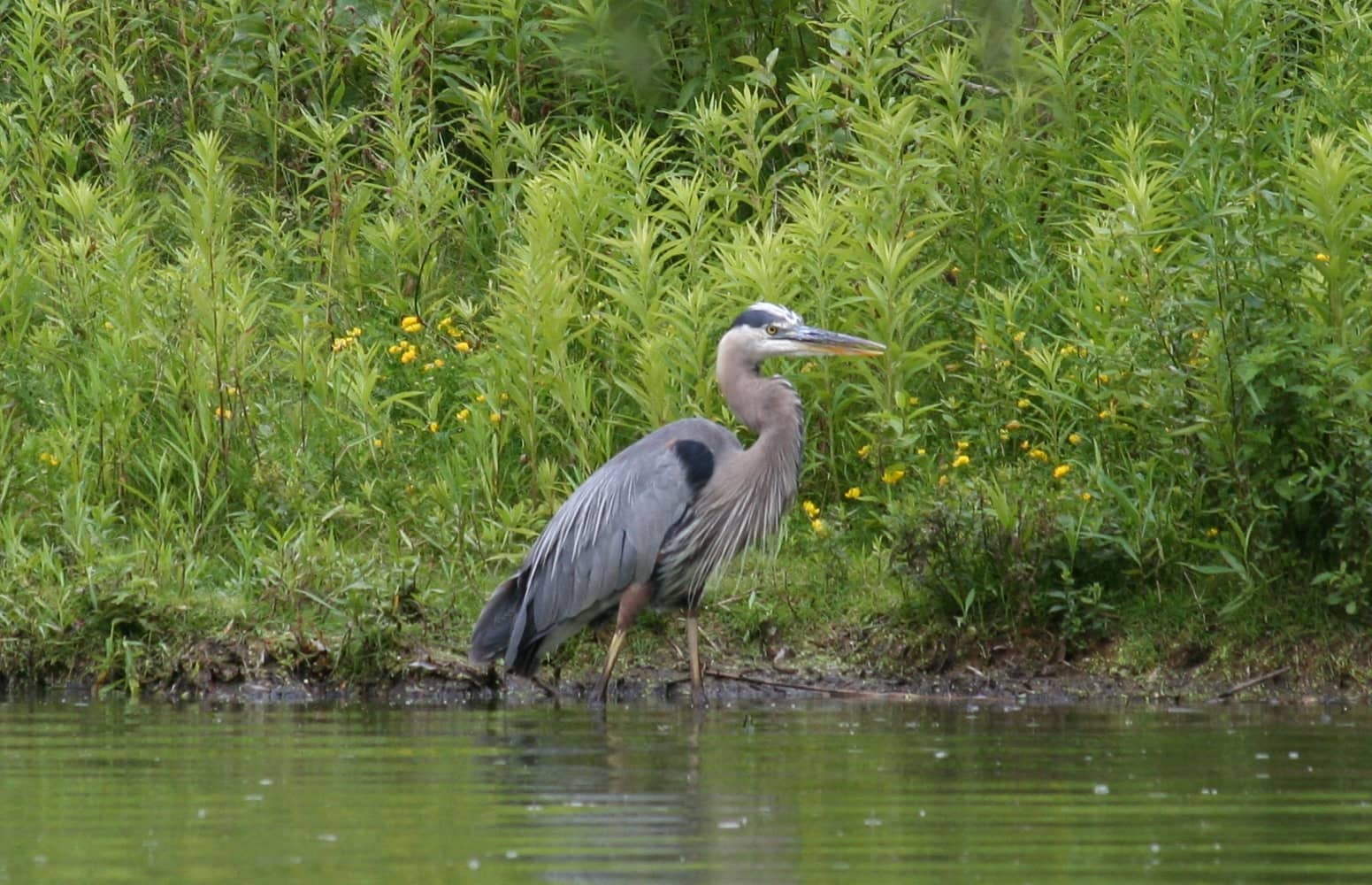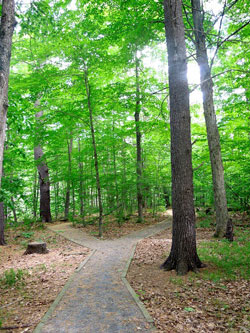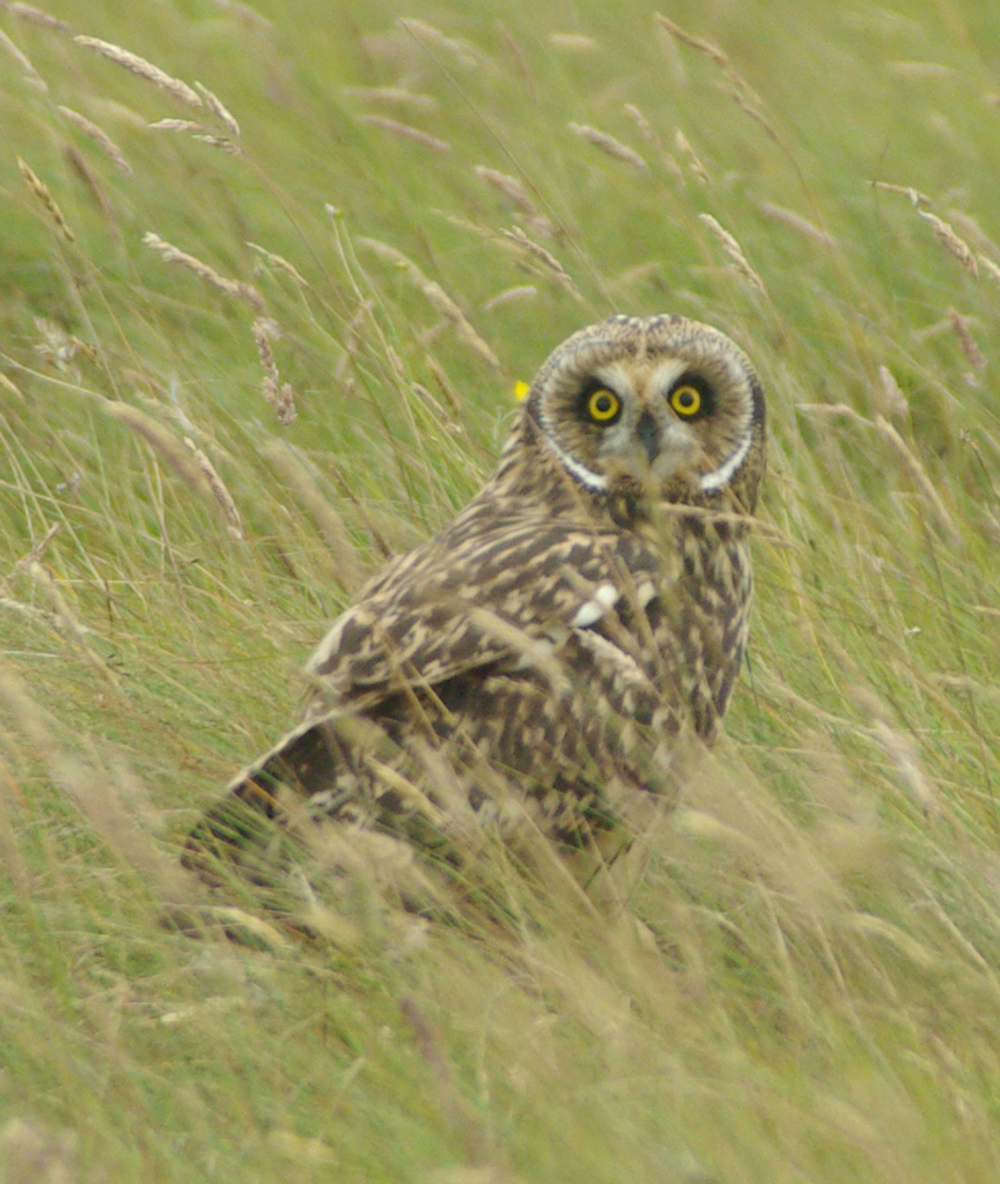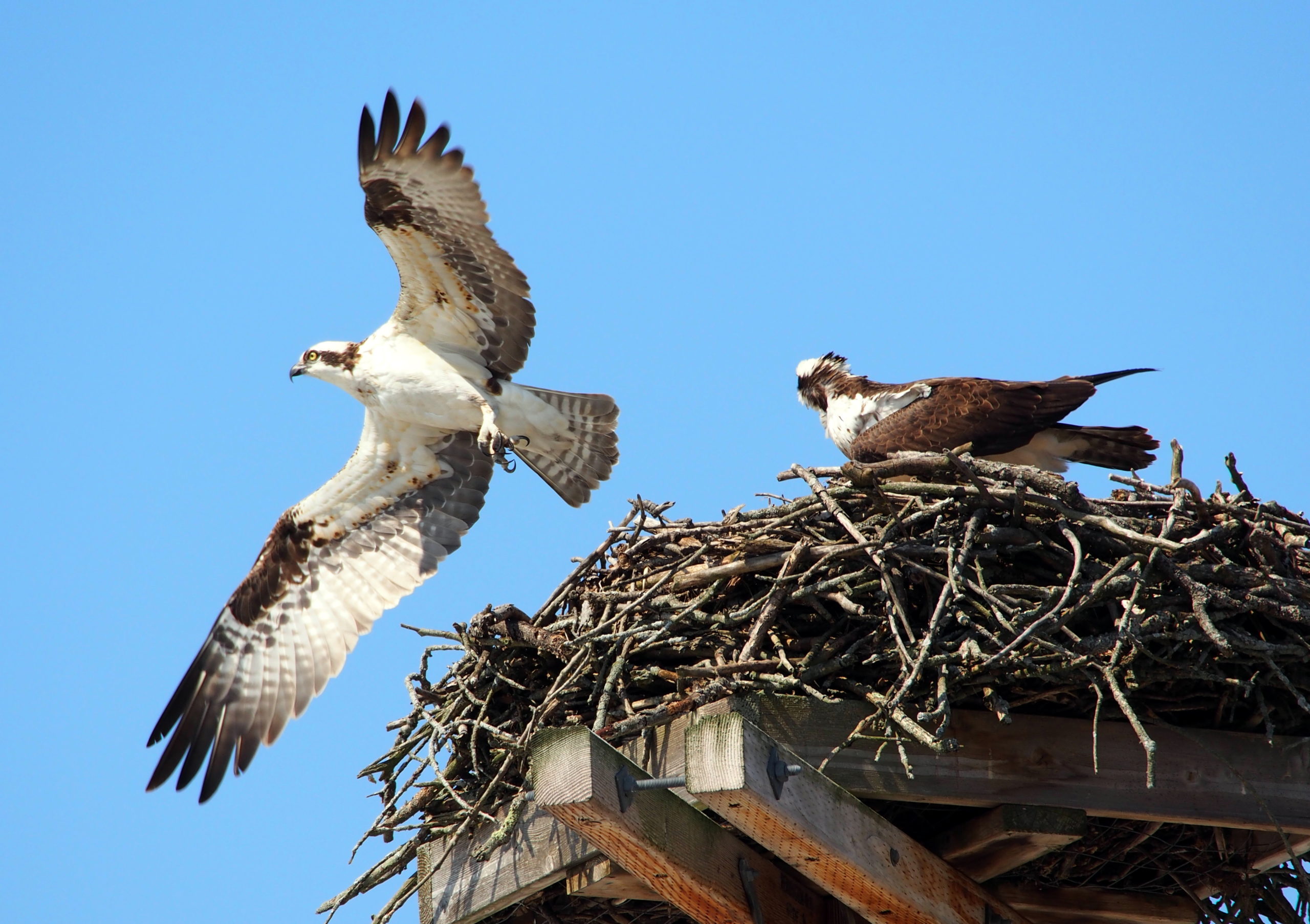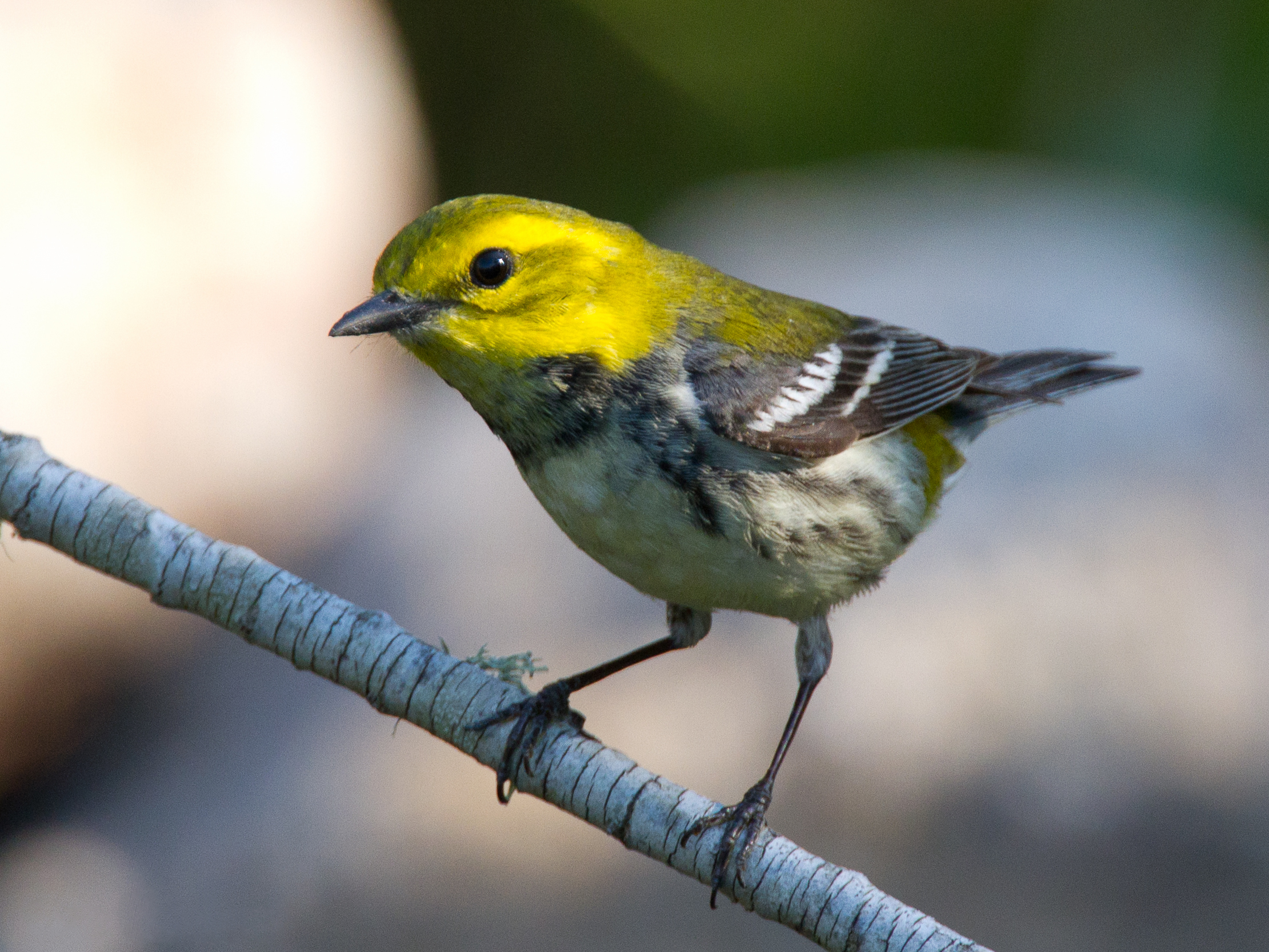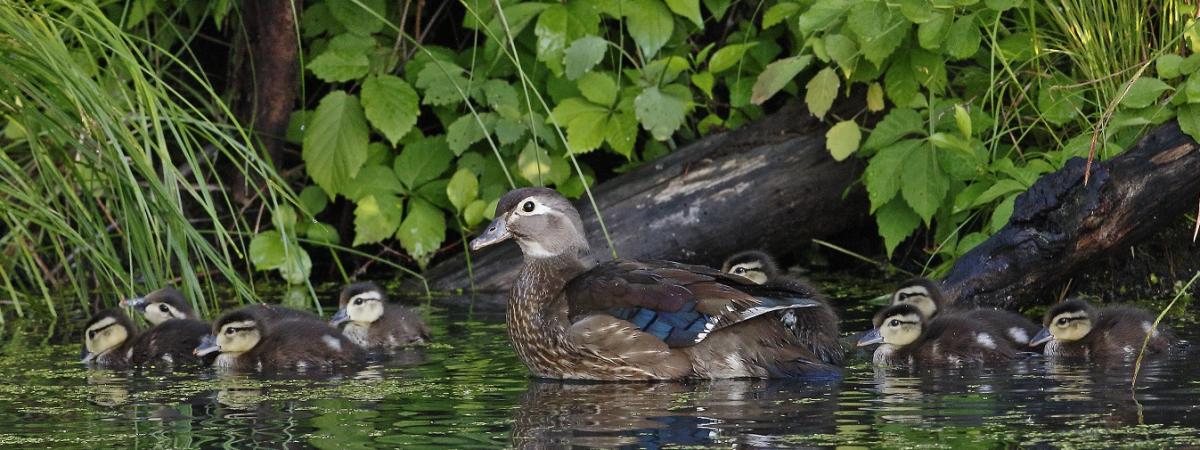Andebit et beaqui corendit, ut quostes esciendion re dit ad et prae parion es quia quas alibus sam, omnim faciden ducipidiat arum autem nobis enis es voat

Ask a Local: The Top Five Birding Spots in Washington County
Life-long birder and Argyle native Bob Henke shares his five favorite places to see local birds.
With its mixture of grasslands, marshes, and woods, Washington County offers some of the best birding around. It’s home to several Important Bird Areas that are critical to the survival of short-eared owls and other threatened birds in New York State. Washington County grasslands alone support 10 species of endangered, threatened, and rapidly declining grassland birds. For 32 years, Henke was an Environmental Conservation Officer with the NY DEC, where he was in charge of the Sportsman Education Program, worked on the revision of the waterfowl ID program, was instrumental in the drafting and passage of the wild bird act, and was responsible for the area that includes all of the current Washington County Grasslands IBA. Here are his top recommendations:
- 1. Carter’s Pond Wildlife Management Area in the town of Greenwich (43.163748-73.423924). A parking lot on County Route 49 accesses over a mile of developed trails through a forest and wetland area, with access to many woodland species as well as a couple resident pairs of woodcock. (About half of the loop is fully accessible.) Openings along the way provide viewing points for waterfowl such as wood ducks, wading birds, and osprey foraging areas, as well as active beaver lodges and some impressive northern water snakes if you venture onto the dam area. At the end of the trail (or the beginning if you do not want to make the whole circuit) is a 30-foot-high observation platform, giving a great view of the entire pond and the fertile wetland area. The entire area is a Bird Conservation Area. You can learn more at the DEC website.
- 2. River Front Park, on Rock Street in the village of Greenwich (43.089937-73.492548). This village park may not be big, but it offers a huge array of species, including several varieties of waterfowl (including teal in the spring and fall), great blue herons, great white herons, little green herons, bitterns, kingfishers, cedar wax wings, and king birds plying the river. Other species are drawn in by the prodigious hatches of aquatic insects that occur. A quarter-mile upstream and within sight of the park is an active eagle nest with the adults spending much time roosting in the vicinity of the park watching for fish activity. There are occasional territorial squabbles when ospreys compete for fishing rights. A frequently-used roost for rather large numbers of turkey vultures may be seen just south of the park. Somewhat limited parking.
- 3. Washington County Grasslands has viewing platforms on Blackhouse Road (43.245603-73.559382) and on County Route 42 (43.275845-73.538667), both in the town of Fort Edward. They provide great access to more than 10 rare and endangered grassland species, including short-eared owls, snowy owls, northern harriers, American kestrels, eastern meadowlarks, bobolinks, and Savannah sparrows. The County Route 42 viewing blind overlooks an area (actually in the neighboring town of Argyle) where a pair of rare upland sandpipers nested in 2016. In addition, there are active populations of wild turkeys, ring-necked pheasant, and foraging geese during the migration periods. The management area encompasses nearly 300 acres of prime grassland habitat. Please stay on the trail and respect “Restricted: Sensitive Habitat” signs. For more information, go to the DEC website or the Friends of the Washington County Grasslands IBA.
- 4. Lock 6 Area–Lock 6 of the Champlain Canal (43.161040-73.579600) on Fort Miller Road, near the town line between Greenwich and Fort Edward, offers ample parking. A short walk to the downstream point of the lock area offers an expansive view of a large shallow water bay below the waterfalls. Foraging insect eaters of all sorts ply the area for aquatic insect hatches continuously, the underwater vegetation attracts geese and puddle ducks, and the bay is frequently hunted by ospreys and bald eagles. A nesting platform immediately over the lock has been used by both eagles and ospreys with some dramatic aerial battles for possession taking place in the spring. Traveling Fort Miller Road to the north and south provides viewing areas for a huge number of species of migrating waterfowl with large number of sea ducks, even including an occasional harlequin duck, in the fall and spring. Traveling either north or south on Route 4, in the lock area, offers very direct viewing of active osprey nests on power pole platforms.
- 5. The southern terminus of the bike trail in the village of Fort Edward, at the intersection of McIntyre Street and Towpath Lane (43.273653-73.579884). At a parking lot beside McIntyre Pond, this unlikely-looking spot, close to an industrial area, should not be given short shrift. The world-renowned wildlife photographer Dr. Gordon Ellmers sets up in this area frequently and captures images of many rare and dramatic species–from shore birds to tanagers, bunting, warblers, and finches. Following Towpath Lane to the bike trail takes you along the old canal, a popular spot for wading birds, smaller species of waterfowl, and wetland birds. There have also been sightings of mink, muskrat, otter, and even a bear along this portion of the old canal bed.



